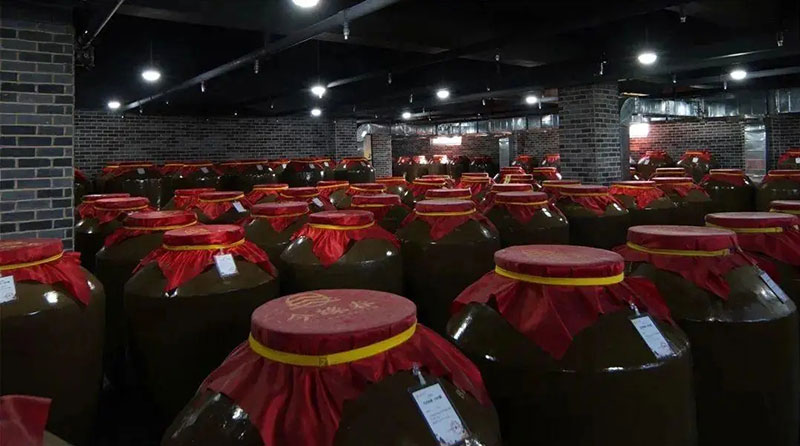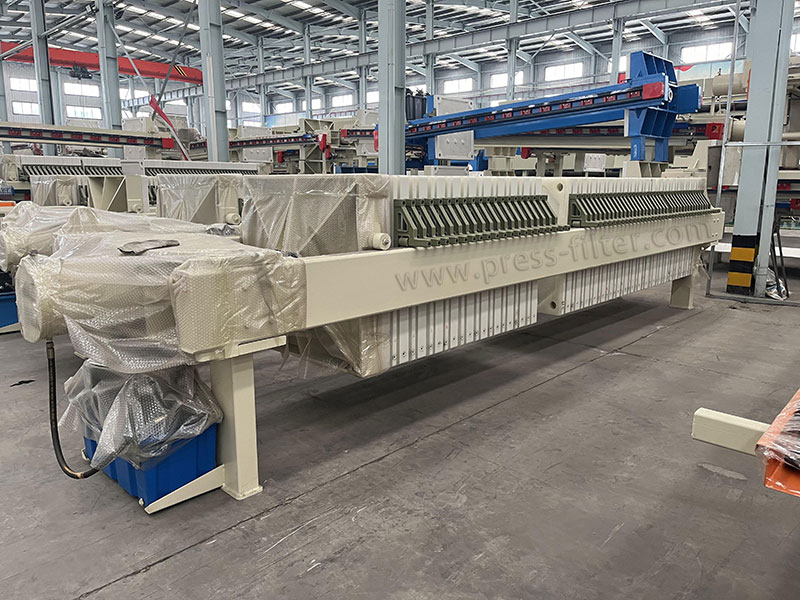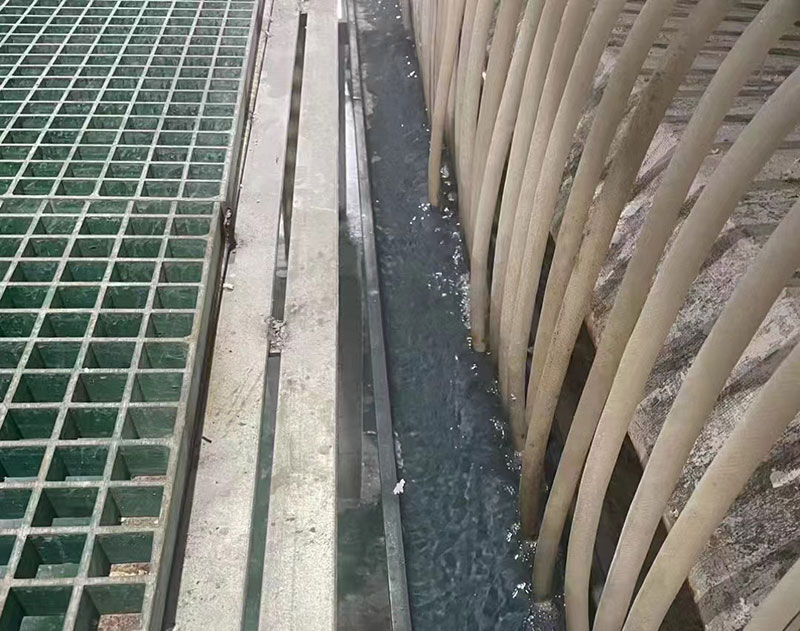Application of Filter Press in Brewing Wastewater Treatment
Liquor wastewater has the characteristics of high content of organic matter and suspended solids and strong biodegradability. It is mainly derived from alcohol grains, cleaning water from the brewing equipment, and floor-washing water from production workshops. The wastewater contains a large amount of high molecular organic matter, such as starch, sugar, protein, and cellulose. The treatment of this type of wastewater requires efficient solid-liquid separation equipment and biochemical treatment technology, and the filter press plays an important role in the solid-liquid separation process.
[article_recommend id=”4527″]
Why Treat Liquor Wastewater?
High organic load wastewater: Liquor wastewater has high COD (chemical oxygen demand) and BOD (biochemical oxygen demand), which mainly come from fermentation residues and other organic matter. If these substances are discharged directly, they will not only pollute the environment but also cause eutrophication of water bodies. Therefore, solid-liquid separation is the first step in treating liquor wastewater. The filter press can effectively separate large solid particles in the wastewater during this process, reducing the pressure of subsequent biochemical treatment.
Resource utilization of wine lees: Wine lees are the main solid waste in the winemaking process. They have high nutritional value and are rich in protein, cellulose, and other ingredients. Through the solid-liquid separation technology of the filter press, the solid part of the wine lees can be recycled and reused and is often used to produce protein feed or fertilizer. This resource utilization method not only reduces waste emissions but also provides high-quality raw feed materials for animal husbandry.
Complexity of wastewater composition: In addition to high organic content, liquor wastewater may also contain trace amounts of alcohol residues and chemicals produced when cleaning equipment. In order to ensure that the wastewater can be discharged safely, the filtrate, after solid-liquid separation, needs to undergo further biochemical treatment, such as anaerobic fermentation or aerobic treatment, to remove remaining organic matter and other pollutants.
Liquor Wastewater Treatment Process
Regulation and homogenization: The wastewater first passes through the regulating tank to adjust the pH value and homogenize the wastewater.
Solid-liquid separation: The wastewater enters the filter press for solid-liquid separation. The solids in the lees are separated for resource treatment, and the liquid part continues to be treated.
Biochemical treatment: The filtrate, after solid-liquid separation, enters the biochemical treatment system. Anaerobic treatment (such as UASB reactor) is often used to degrade organic matter, followed by aerobic treatment or membrane separation for further purification.
Sludge treatment: The sludge separated by the filter press is further dehydrated to reduce the volume and reduce the cost of treatment and disposal.
Advantages of Filter Press in Treating Liquor Wastewater
Efficient solid-liquid separation
Liquor wastewater contains a large amount of suspended matter, such as lees, starch, sugar, protein, and other organic matter. The filter press quickly separates these solids from the liquid through high-pressure filtration, reducing the content of suspended matter in the wastewater and greatly reducing the burden of subsequent treatment. The filter press can efficiently remove large particles and high-molecular organic matter in the wastewater, improving the overall treatment efficiency.
Reduce the load of subsequent treatment
The solid content of liquor wastewater pre-treated by the filter press is greatly reduced, which makes the subsequent biochemical treatment process (such as anaerobic or aerobic treatment) more efficient. By reducing suspended solids and high concentrations of organic matter in the wastewater, the filter press can reduce the chemical oxygen demand (COD) and biochemical oxygen demand (BOD), thereby reducing the load on the biological treatment system, extending its service life, and reducing energy consumption and the use of chemical agents.
Resource Utilization
The solid materials, such as lees separated by the filter press, have high nutritional value and can be recycled as protein feed or organic fertilizer. This resource utilization method not only realizes the reuse of waste but also brings economic benefits to liquor companies while reducing the cost of solid waste treatment.
Conclusion
In the process of liquor wastewater treatment, the filter press can not only effectively separate the solid and liquid of the lees, providing raw materials for the production of protein feed, but also reduce the suspended matter and organic load in the wastewater, reducing the subsequent treatment costs. Combining solid-liquid separation and biochemical treatment can ensure that the liquor production wastewater meets the discharge standards and maximizes the utilization of resources.




